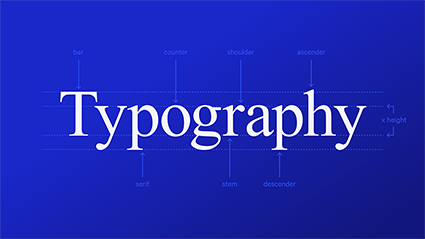Currently Empty: $ 0.00
The Importance of Continuous Learning in Design: Staying Ahead of the Curve
Introduction:The design industry is ever-evolving, with new trends, tools, and technologies emerging regularly. For designers, continuous learning is not just beneficial—it’s essential. This blog post explores the importance of continuous learning in design and offers tips on how to stay ahead of...
How to Handle Client Feedback: Tips for Designers
Introduction:Handling client feedback is a critical part of a designer’s job. Whether the feedback is positive or negative, how you respond can make or break a project. In this blog post, we’ll share tips on how to effectively handle client feedback and...
5 Signs You’re Ready to Transition from Junior to Senior Designer
Introduction:Advancing from a junior to a senior designer is a significant milestone in a designer’s career. But how do you know when you’re ready? In this post, we’ll explore five signs that indicate you’re prepared to take the next step and transition...
The Importance of Color in Design: A Comprehensive Guide
Introduction:Color is one of the most powerful tools in a designer’s arsenal. It influences mood, conveys messages, and can even drive user behavior. In this blog post, we’ll delve into the importance of color in design and how to use it effectively....
Understanding Typography: A Guide for Designers
Introduction:Typography is a fundamental aspect of design that can make or break your work. In this blog post, we’ll explore the key principles of typography and how to use them effectively to create visually appealing and readable designs. 1. The Basics of...
How to Create a Design Portfolio that Stands Out
Introduction:A design portfolio is your chance to showcase your skills, creativity, and experience. In this blog post, we’ll explore how to create a portfolio that stands out to potential clients or employers. 1. Curate Your Best Work 2. Tell a Story with...







